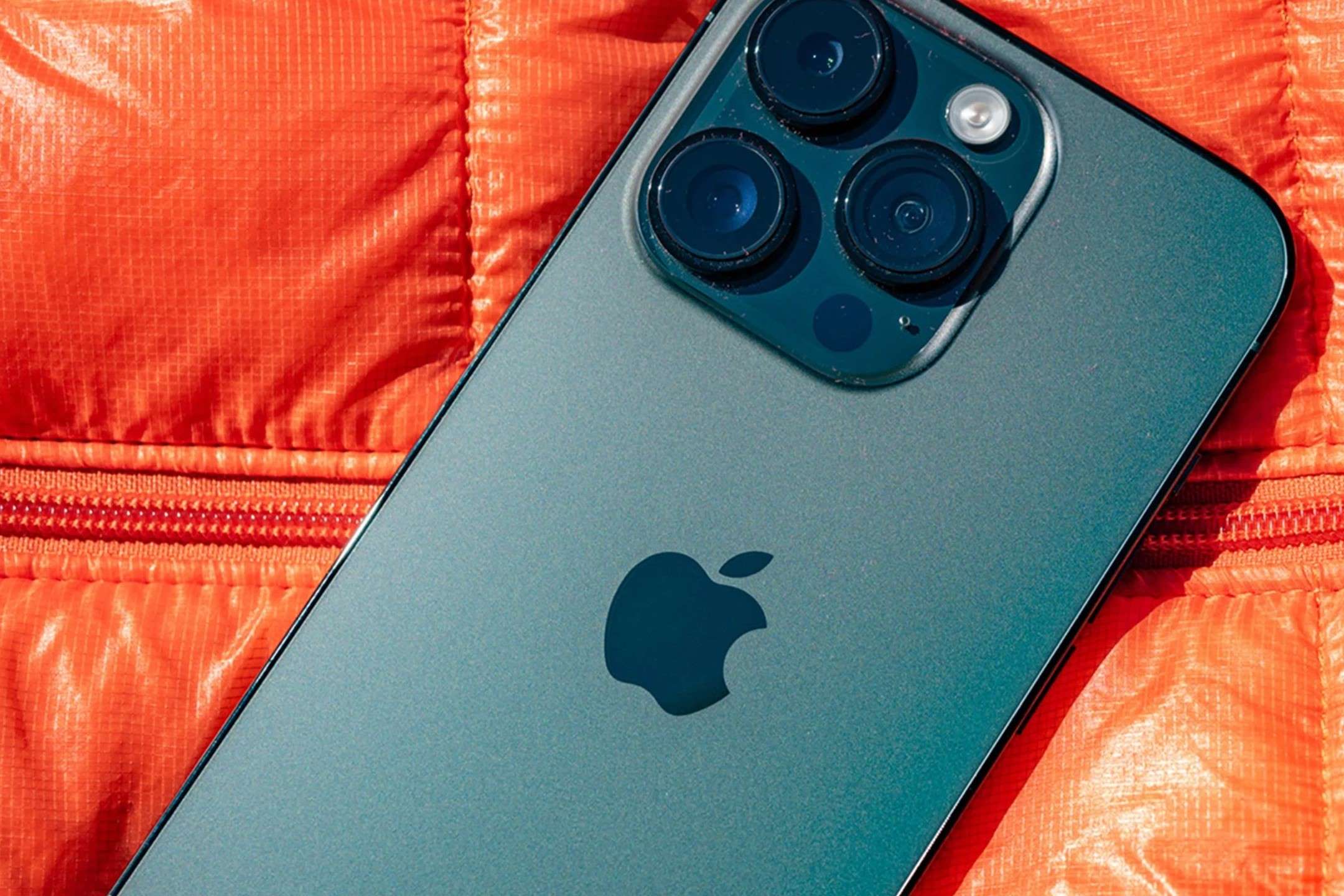Check SIM Card Size
Check SIM Card Size
Before you switch your SIM card to a new iPhone, it’s crucial to ensure that the SIM card size is compatible with your new device. iPhones typically use nano-SIM cards, but older models might require micro-SIM cards. To confirm the SIM card size your new iPhone supports, consult the device’s manual or visit the manufacturer’s website for specifications.
If your current SIM card doesn’t match the required size for your new iPhone, you have a few options. You can contact your mobile service provider to request a new SIM card in the appropriate size. Many providers offer SIM card exchange services, often at no additional cost. Alternatively, if you have a SIM card cutter, you can carefully trim your existing SIM card to fit the new iPhone’s SIM card tray. However, exercise caution when using a SIM card cutter, as mistakes can render the SIM card unusable.
Ensuring that the SIM card size aligns with your new iPhone’s specifications is the first step in the seamless transition to your new device. By verifying this compatibility, you can proceed with confidence, knowing that your SIM card will effortlessly integrate with your upgraded iPhone.
Turn Off Your iPhone
Before embarking on the process of switching your SIM card to a new iPhone, it is essential to power off your current device. This step is crucial to prevent any potential damage to the SIM card or the iPhone itself during the transition. Turning off your iPhone ensures that the device is in a safe state for the SIM card removal and subsequent transfer to the new iPhone.
To power off your iPhone, simply press and hold the side button along with either volume button until the power off slider appears on the screen. Then, slide the power off slider from left to right to shut down the device. Alternatively, if your iPhone is unresponsive or the screen is frozen, you can force restart it by following specific button combinations based on the iPhone model you possess. Refer to the iPhone’s manual or the manufacturer’s website for detailed instructions on force restarting your device.
By turning off your iPhone before proceeding with the SIM card switch, you minimize the risk of potential data corruption or hardware damage. This simple yet crucial step sets the stage for a smooth and successful transition, ensuring that your SIM card is handled and transferred in a safe and controlled manner.
Locate the SIM Card Tray
After powering off your current iPhone, the next step in the process of switching your SIM card to a new device is to locate the SIM card tray. The SIM card tray houses the SIM card and is designed to securely hold it within the iPhone. The location of the SIM card tray varies depending on the iPhone model, but it is commonly found on the side of the device.
To locate the SIM card tray, you can refer to the iPhone’s manual for specific instructions tailored to your device. Additionally, you can visit the manufacturer’s website for detailed diagrams and explanations on the SIM card tray’s precise location on your iPhone model. In general, newer iPhone models feature a SIM card tray on the right side, while older models may have it on the top or left side of the device.
Once you have identified the SIM card tray’s location, you can proceed with the next steps of removing the SIM card from your current iPhone and transferring it to your new device. Familiarizing yourself with the SIM card tray’s position is crucial for a smooth and efficient transition, ensuring that you can access and handle the SIM card with ease during the switching process.
Remove the SIM Card
With the SIM card tray located, the next step in switching your SIM card to a new iPhone is to carefully remove the SIM card from your current device. This process requires precision and attention to ensure that the SIM card is extracted without damage.
To remove the SIM card, you will need a SIM card ejector tool or a small paperclip. Insert the ejector tool or straightened paperclip into the small pinhole on the SIM card tray. Apply gentle pressure to release the tray from the iPhone. Once the tray is partially ejected, carefully pull it out to reveal the SIM card resting inside. Handle the SIM card with care, holding it by the edges to avoid any contact with the metal contacts or circuitry.
After removing the SIM card from the tray, inspect it for any signs of damage or wear. If the SIM card appears to be in good condition, proceed with transferring it to your new iPhone. However, if you notice any damage or deformities, such as scratches or bent edges, it is advisable to contact your mobile service provider for a replacement SIM card before proceeding further.
By delicately removing the SIM card from your current iPhone, you pave the way for a seamless transition to your new device. This careful extraction process ensures that the SIM card remains intact and ready for insertion into your upgraded iPhone, allowing you to proceed with the switching process confidently and without any complications.
Insert the SIM Card into New iPhone
Once you have successfully removed the SIM card from your previous iPhone, the next step is to insert it into your new device. This process is vital for establishing connectivity and enabling your new iPhone to access your mobile network, allowing you to make calls, send messages, and utilize data services.
To insert the SIM card, locate the SIM card tray on your new iPhone. Use the SIM card ejector tool or a paperclip to gently push into the pinhole on the SIM card tray, releasing it from the device. Once the tray is partially ejected, carefully pull it out and place the SIM card into the designated slot, ensuring that it aligns with the tray’s shape and fits securely.
Before sliding the SIM card tray back into the iPhone, take a moment to ensure that the SIM card is positioned correctly and lies flat within the tray. Any misalignment or protrusion may hinder the tray from smoothly entering the device. Once the SIM card is securely in place, carefully slide the tray back into the iPhone until it sits flush with the device’s frame.
After inserting the SIM card, power on your new iPhone to initiate the activation process. Your device will prompt you to follow a series of on-screen instructions to complete the activation and set up your phone. Once the activation is successful, your new iPhone will be ready to use with your existing mobile number and service plan.
By seamlessly inserting the SIM card into your new iPhone, you ensure that your device is equipped with the essential component for cellular connectivity. This step brings you closer to fully utilizing your new iPhone, enabling you to enjoy its features and functionalities with the convenience of your existing mobile service.
Turn On Your New iPhone
With the SIM card successfully inserted into your new iPhone, the next step is to power on the device and initiate the setup process. Turning on your new iPhone is an exciting moment as it marks the beginning of your journey with the upgraded device, offering access to enhanced features and capabilities.
To power on your new iPhone, press and hold the side button until the Apple logo appears on the screen. This signifies that the device is booting up and preparing for the initial setup. Depending on the model and software version, you may be prompted to perform additional steps, such as connecting to a Wi-Fi network and signing in with your Apple ID, to complete the setup process.
As the device powers on, take a moment to appreciate the sleek design and advanced technology of your new iPhone. The anticipation of exploring its innovative features and personalized settings adds to the excitement of turning on the device for the first time. Whether you are upgrading to the latest model or transitioning to a different iPhone variant, the initial power-up sets the stage for a seamless and enjoyable user experience.
Upon successfully turning on your new iPhone, you will be guided through the setup process, allowing you to customize various settings, transfer data from your previous device, and personalize your new iPhone to suit your preferences. This pivotal step marks the beginning of your journey with the new device, offering a fresh and captivating user interface that reflects the latest advancements in mobile technology.
By turning on your new iPhone, you embark on an immersive experience that encompasses the excitement of exploring its capabilities and the anticipation of personalizing it to align with your preferences. This pivotal step sets the stage for a seamless transition to your upgraded device, allowing you to harness its potential and enjoy the myriad features it has to offer.
Activate Your New iPhone
Following the successful power-up of your new iPhone, the next crucial step is to activate the device, enabling it to connect to your mobile network and commence full functionality. Activation is a pivotal process that ensures your new iPhone is ready for use, allowing you to make calls, send messages, and access data services seamlessly.
Upon turning on your new iPhone, you will be prompted to begin the activation process. This typically involves connecting to a Wi-Fi network or using a cellular connection to validate your device with your mobile service provider. During the activation, your iPhone will establish a secure connection with the network, enabling it to access essential services and features.
As part of the activation process, you may be required to sign in with your Apple ID or create a new account if you are a first-time Apple user. This step ensures that your new iPhone is linked to your Apple ecosystem, providing access to iCloud services, the App Store, and other Apple features that enrich your overall user experience.
Once the activation is complete, your new iPhone will display a confirmation message, indicating that the device is ready for use. This signifies that your iPhone has been successfully authenticated with your mobile carrier and is now operational, allowing you to explore its capabilities and enjoy uninterrupted connectivity.
With your new iPhone activated, you can proceed to customize its settings, install your favorite apps, and personalize the device to align with your preferences. Whether you are transitioning from a previous iPhone or embarking on your first experience with an Apple device, the activation process marks the culmination of a seamless transition, setting the stage for a fulfilling and enriching user journey with your new iPhone.


